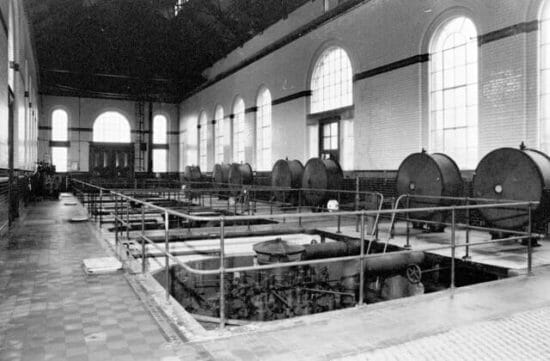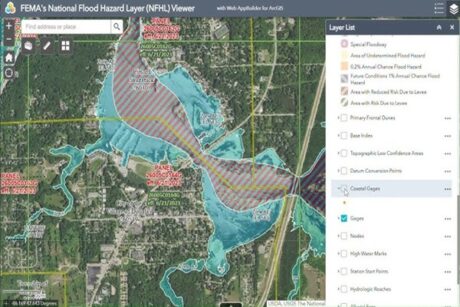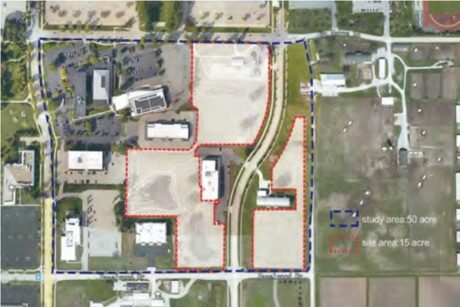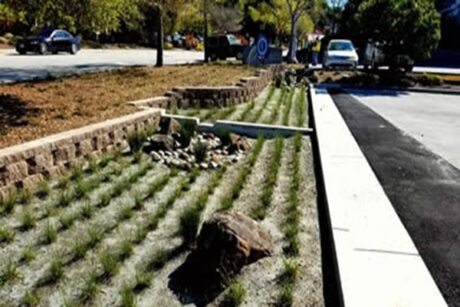- Course No E – 1236
- PDH Units 3.00
No data found for Custom Course Number
No data found for Custom Course Units
- Course No E – 1236
- PDH Units 3.00
Intended Audience: civil and process engineers
PDH UNITS: 3
Wastewater treatment is usually characterized as consisting of four sequential processes: preliminary, primary, secondary and tertiary treatment. This course will introduce you to processes and equipment for primary treatment of wastewater. You will be introduced to descriptions, functions and design considerations for sedimentation tanks and clarifiers, chemical precipitation, and Imhoff tanks. You will learn how the primary treatment processes works together with the preliminary, secondary, tertiary and sludge handling processes to form a complete wastewater treatment plant. Course Outline 1. General considerations 2. Primary sedimentation 3. Sedimentation design features 4. Chemical precipitation 5. Imhoff tanks 6. Sludge characteristics 7. References
Learning Objectives
At the successful conclusion of this course, you’ll be able to identify and discuss:- Learn the function of primary sedimentation.
- Learn about sedimentation tank design parameters.
- Learn about detention time for sedimentation tanks and clarifiers.
- Learn weir loading rates for sedimentation tanks.
- Learn about sludge and scum collection for rectangular and circular sedimentation tanks.
- Learn how to calculate sedimentation tank size.
- Learn about chemical precipitation using aluminum and iron salts, lime, and polyelectrolytes.
- Learn how to calculate sludge production using chemical addition in primary sedimentation.
- Learn the functions and features of Imhoff tanks.
- Learn typical characteristics of domestic sewage sludge.
Once completed, your order and certificate of completion will be available in your profile when you’re logged in to the site.










